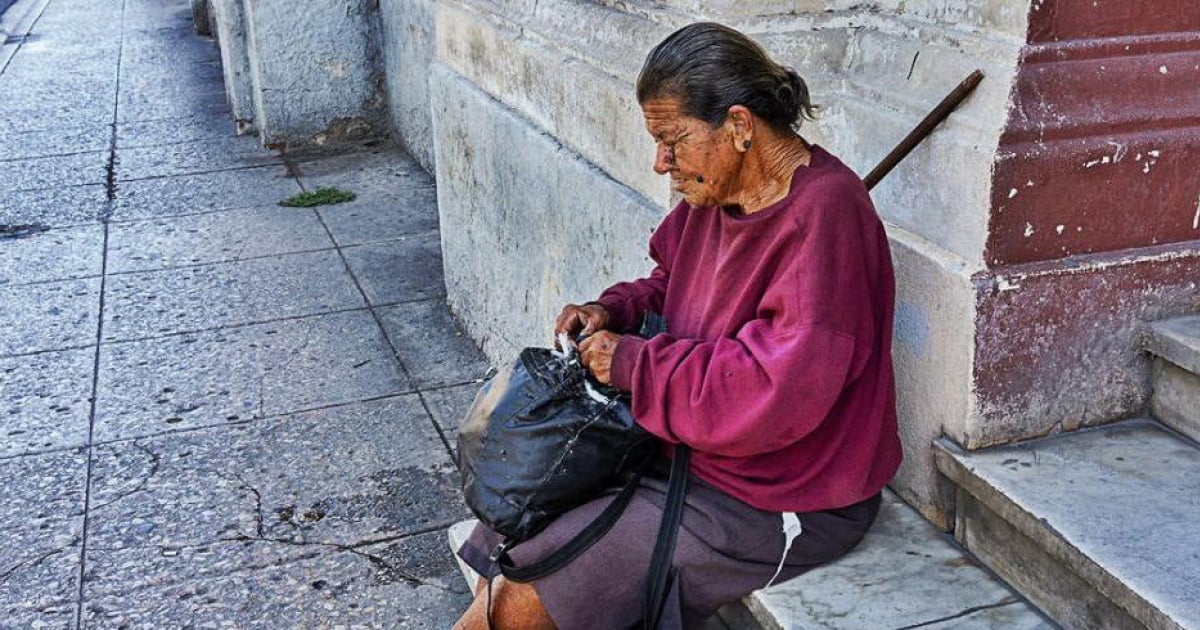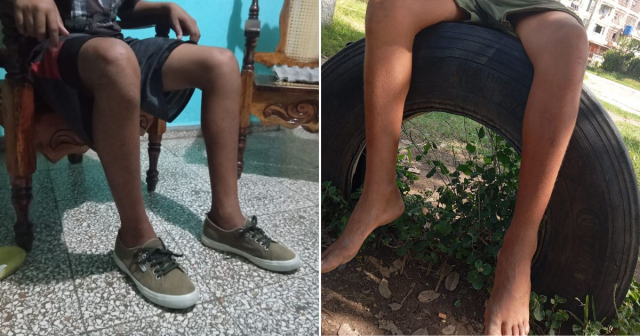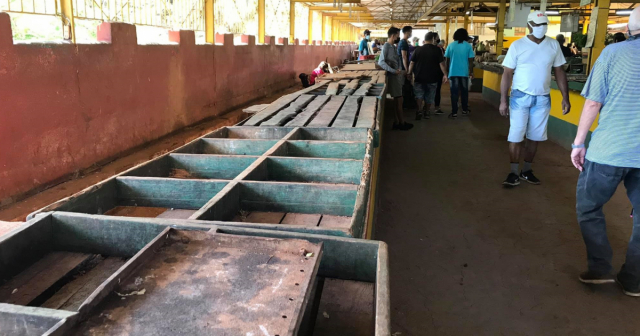
The latest report from the Economic Commission for Latin America and the Caribbean (ECLAC) highlights a slight improvement in poverty in the region, with a poverty rate of 27.3% in 2023, representing a decrease from the most critical years of the pandemic.
According to the report titled Social Overview of Latin America and the Caribbean 2024, the region also shows a decrease in extreme poverty by up to 10.6 percentage points.
However, despite the progress made, there remains a deep income inequality, and more than 172 million people in Latin America and the Caribbean are unable to meet their basic needs, the organization stated in a press release.
It also notes that 66 million people in the region live in extreme poverty, meaning they cannot access the basic food basket.
Although poverty has decreased since its peak in 2020, inequality persists, particularly affecting women, children, and rural areas, where poverty rates are highest.
The scourge affects women more than men of working age and is more prevalent in rural areas than in urban ones (39.1% compared to 24.6%), the organization, based in Chile, reports.
In this context, Cuba stands out as one of the countries with the lowest growth in the region. In 2023, Latin America and the Caribbean achieved a moderate GDP per capita growth of 1.4%, while the island recorded the poorest performance at 0.8%. Haiti saw a growth of 3.1% and Peru 1.4%.
"The countries with the best performance in the subregion were Panama (5.9%), Costa Rica (4.5%), and Paraguay (3.5%); on the other hand, declines were noted in Argentina (2.1%), Cuba (0.8%), Haiti (3.1%), and Peru (1.4%)," explains CEPAL.
The persistence of extreme poverty and the vulnerability of the most disadvantaged sectors require increased investment in non-contributory social protection policies aimed at greater inclusion and the elimination of structural barriers that limit access to basic welfare services, the report states.
At the regional level, CEPAL emphasizes that poverty in Latin America remains an urgent concern. Despite the improvements seen in countries like Brazil, where non-contributory transfers have been crucial for reducing poverty, the progress has not been enough to eradicate structural inequality.
The report presented indicates that in countries like Cuba, where social investment in various areas has declined, public policies have failed to mitigate the effects of the economic crisis, and poverty remains a critical challenge for inclusive social development.
ECLAC calls for the strengthening of social protection systems, particularly non-contributory social protection, as a key tool for reducing poverty and improving social cohesion in the region.
According to a previous report by the firm DatoWorld, Cuba is experiencing an alarming poverty rate of 72%, placing it at the top of the list of Latin American countries most affected by this scourge. This rate is calculated based on parameters such as per capita income, access to health services, social security, food security, and housing quality.
The economic crisis in Cuba has worsened in recent years, exacerbated by extremely high inflation, food shortages, and a collapsing healthcare system. Poverty in the country is also reflected in the lack of access to basic services and the increasing pressure on families struggling to survive in a context of high levels of social vulnerability.
Filed under:






